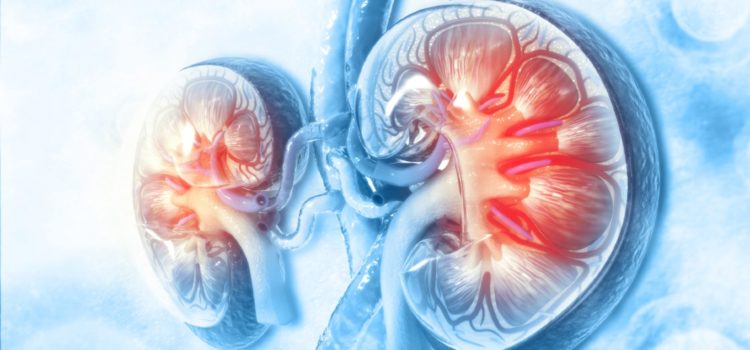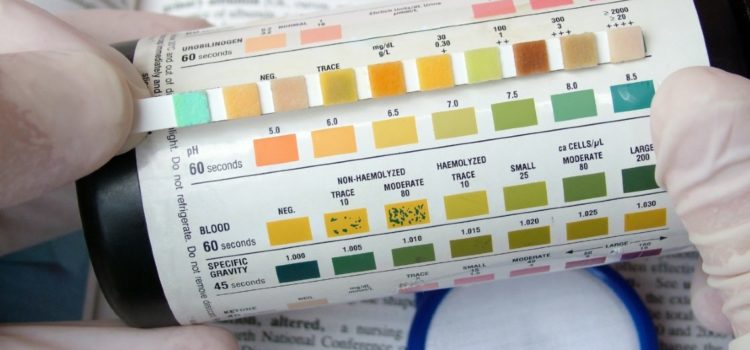Urgent message: With patients who have sustained head injuries related to both sports- and non–sports-related activities presenting to urgent care more than ever before, it’s essential for the provider to have a nuanced understanding of which patients truly require transfer or referral to a high-acuity level of care, and which can be managed successfully and safely in the urgent care setting. Anthony P. Doran, PsyD; Robert G. Graw, Jr., MD; Marc Weber, MD; Stanford Coleman, …
Read More









